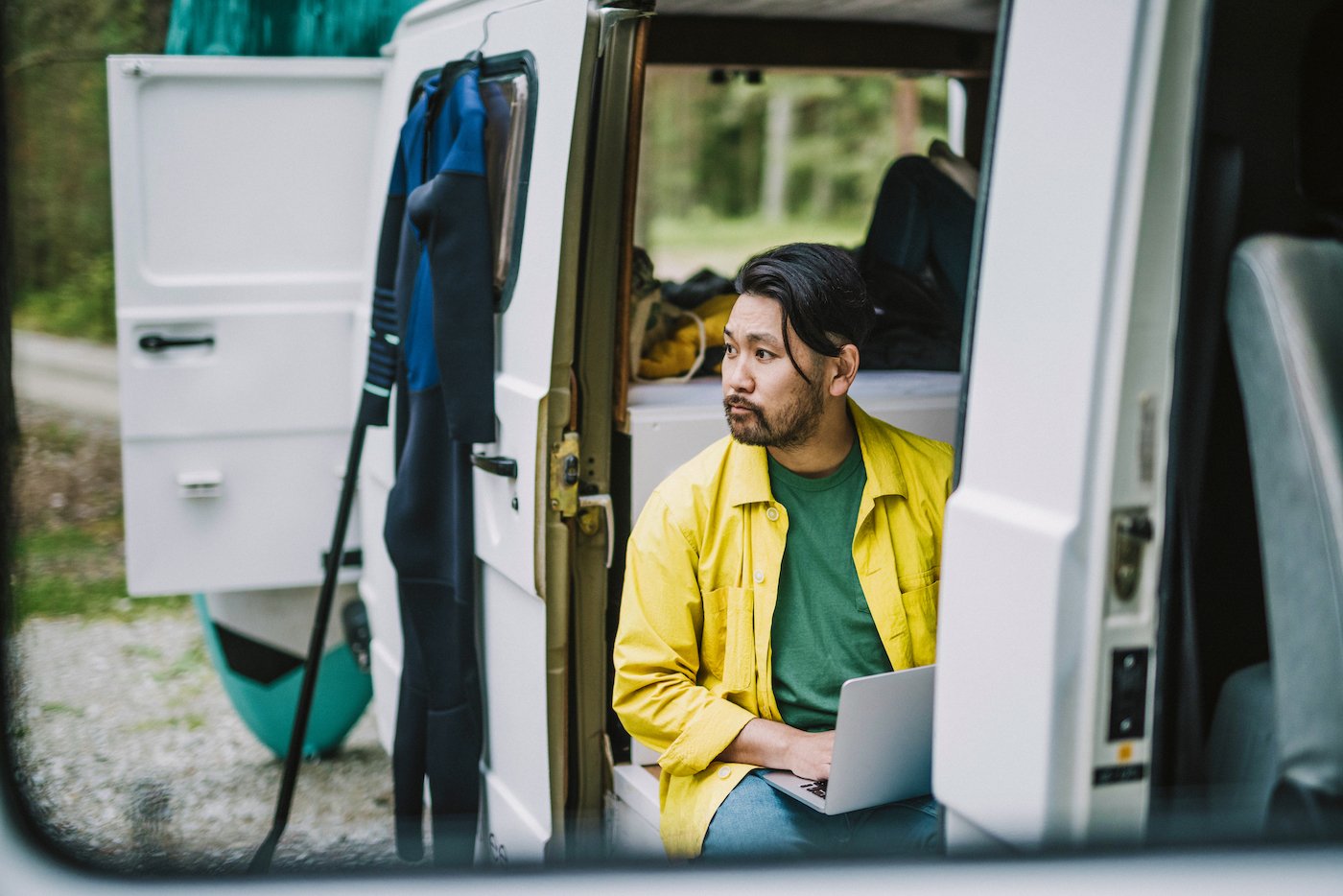What does it mean for society when the place where we work, raise our families, and relax are all the same physical space? What happens when “take your daughter to work day” isn’t a cute thing the school district organized but an organizing tenant of your household?
Though most students returned to the classroom some time ago, there’s no doubt the past two years have made all of us re-think the role physical spaces play in our lives.
The space-time continuum
Sociologists have long talked about the roles that physical spaces play in our lives, and the work they do to build communities. Sociologist Ray Oldenberg explored the idea of spaces and places as a formal idea way back in his 1991 book “The Great Good Place.”
Oldenberg says our first space is where we live and possibly co-live with others. These spaces provide a domestic space. A place to care for oneself and be safe. It’s your home. No matter where you are in the world, your home helps to define and display who you are. It’s the space we’re most emotionally attached to.
Our second space is where we work, and until recently this meant working in close proximity to others. It’s a formal place where we engage in transactions and bring our expertise. Traditionally speaking, you operate there for a prescribed amount of time and others expect you to be there during that time. It’s your place of business.
The third place, is a social space. The barriers to entry are low, you can stay for a long time, and it’s open to everyone. It’s a welcoming space, you return to it again and again and you socialize with those you know and those you don’t. These are a place to exchange ideas. How they are arranged plays a huge role in who gets included and excluded in society. They play a pivotal role in how society evolves. In some ways, this is where the values of a society play out. Parisian salons and German cafes are good historical examples. Sounds like a coffee shop today, right?
Being able to physically enter and exit these spaces helps us to compartmentalize our lives, and focus on the task at hand. But more and more, all of these things happen in one place. We parent, project manage, and party from the same square footage.
When two (or three) become one
This is a trend we were already undergoing long before the pandemic, says Nate Storring, Project for Public Spaces' Deputy Executive Director. “The pandemic hasn't necessarily eliminated second places, but I think it has accelerated the merging of first, second, and third places that was already taking place. Office designers were already increasingly designing workplaces to have more home-like amenities. Now the reverse is happening, too. With remote work on the rise, many people have had to create home office setups.”
When these activities take place in distinct physical spaces it allows us to bring different parts of our personalities to bear in different situations. It allows us to create clear barriers in different contexts, creating spaces for both vulnerability and agency. When these spaces are all lumped together and all of our tasks take place in the same physical space, it can be stressful and confusing, boundaries can become leaky and the impact on our health can be high.
The blurring of these boundaries is mainly facilitated by the ease of communication that technology affords us. When you can do almost all your tasks from one place, why not do that? Isn’t that...easier?
But when our boundaries aren’t physical, we have to work harder to switch between contexts as part of our mindset. This becomes even harder, when many of our tasks can (and need to be) completed on the internet. But ease of connection is no substitute for human connection. Some academics believe we’re creating our new third spaces online. At the same time we’re seeing the work being done by second and third spaces taken up by digital platforms that maybe didn’t intend to do it.
From places to headspace
The question becomes, what are we no longer getting from these spaces, and where can we supplement these parts of ourselves elsewhere? It may be difficult to manufacture collaboration or serendipity in our new blurry spaces, for example. Another thing we often miss is meeting unexpected people with experiences unlike our own. The internet many be a great place to get things done, but it’s also an amazing echo chamber.
One simple way to examine the roles spaces play in our lives is to start with a simple question: Who gets to enter? What are the gates to the space? Gates that often get overlooked are subtle. Do you need access to expensive technology (the internet or a laptop)? Do you have to have expendable funds (like for a café)? Do you have to have a certain relationship with people to enter?
So whether your version of a “change of scenery” involves new physical locations, virtual spaces, or a different state of mind, don’t forget to take time for yourself and the genuine human connections that can help you feel in your element, wherever you are.
